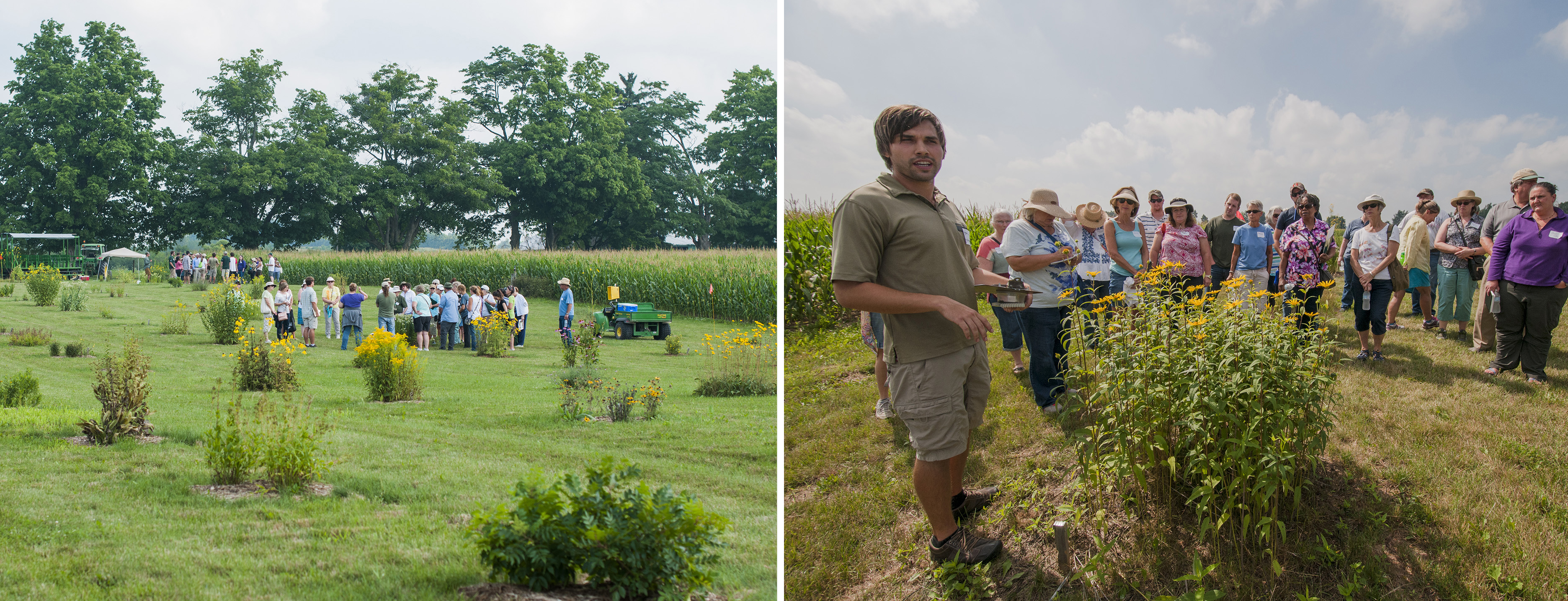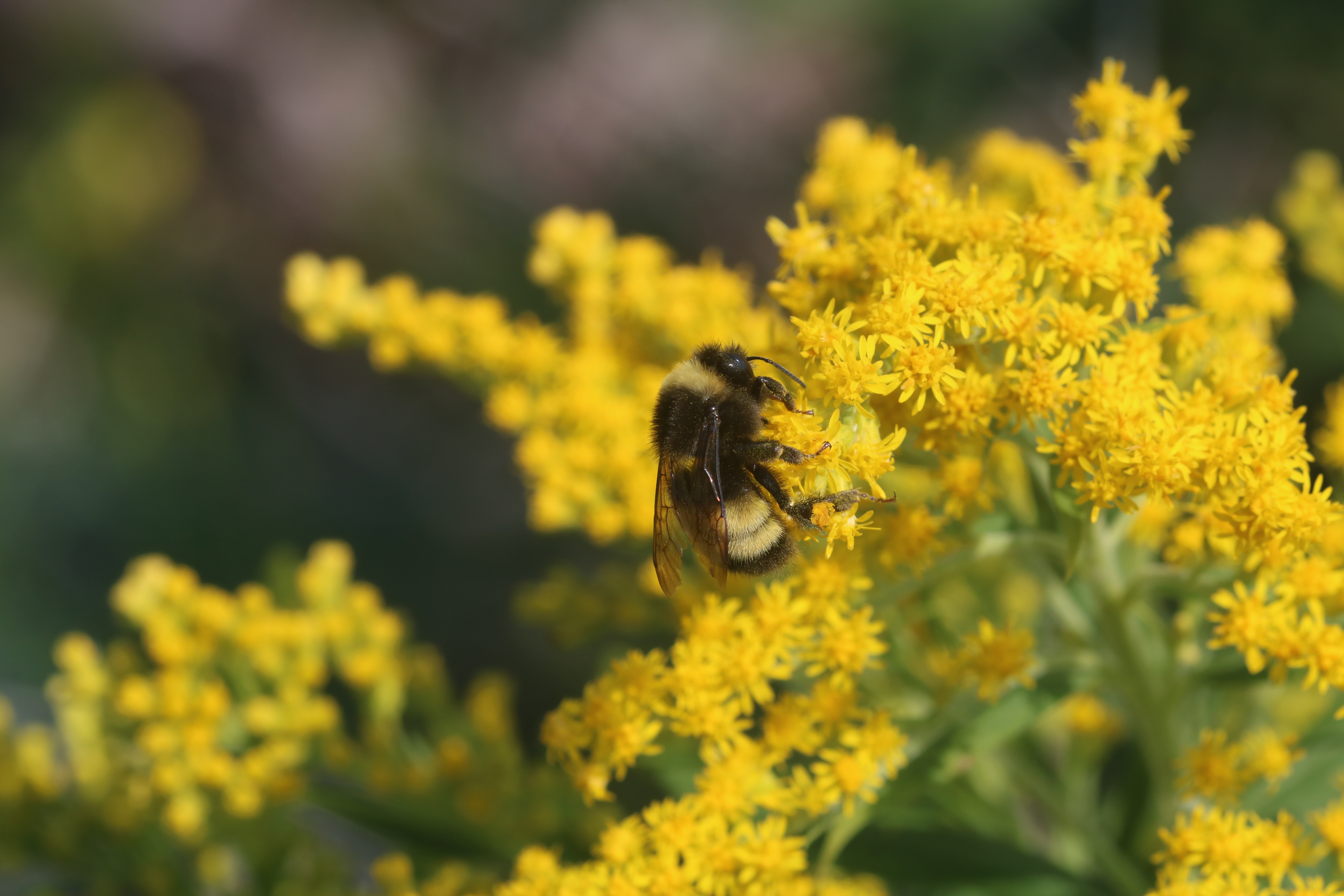
A new executive decision by Michigan Governor Gretchen Whitmer hits a sweet spot by allowing solar arrays on lands in a farmland preservation program if pollinator-friendly guidelines are used. The pollinator protection practices were developed by Michigan State University’s Department of Entomology based on a decade of research on how to establish pollinator habitat, and were central to determining how to allow development of solar energy on farmland while also supporting pollinators.
Michigan’s Farmland and Open Space Preservation Program, administered by the Michigan Department of Agriculture and Rural Development, preserves farmland and open space through agreements that restrict development. Tax incentives within the program encourage participation. Previously, participating landowners were allowed to lease land for wind turbines and oil and gas exploration. However, solar arrays require more space and were perceived to be too disruptive to benefit preservation. The practices laid out in the new guidelines mean the land will better serve the pollinators that need habitat to provide the nectar, pollen, and nesting sites that are essential to their survival.
“There is a consensus that lack of flowering plants in farm landscapes are limiting wild bee populations, so this program is an opportunity to help support these valuable insects when new solar installations are set up,” says Rufus Isaacs, one of the developers of the scorecard and MSU professor of entomology.
The resulting document, the Michigan Pollinator Habitat Planning Scorecard for Solar Sites, provides a roadmap for developers to evaluate the site and develop a land management plan, and to consider the risk of insecticide exposure, quality of existing habitat for pollinators, and the quality and diversity of wildflowers that will be planted.

The new policy has the potential to greatly increase the acreage of Michigan land designed for better pollinator habitat. The timing couldn’t be better for that. A study released earlier this year by Isaacs and his colleagues compared current distributions of bumble bee species across the state to historic data collected as far back as the 1880s. The research found that the geographic range in Michigan of half of the bumble bee species studied have declined by more than 50%.




 Print
Print Email
Email




